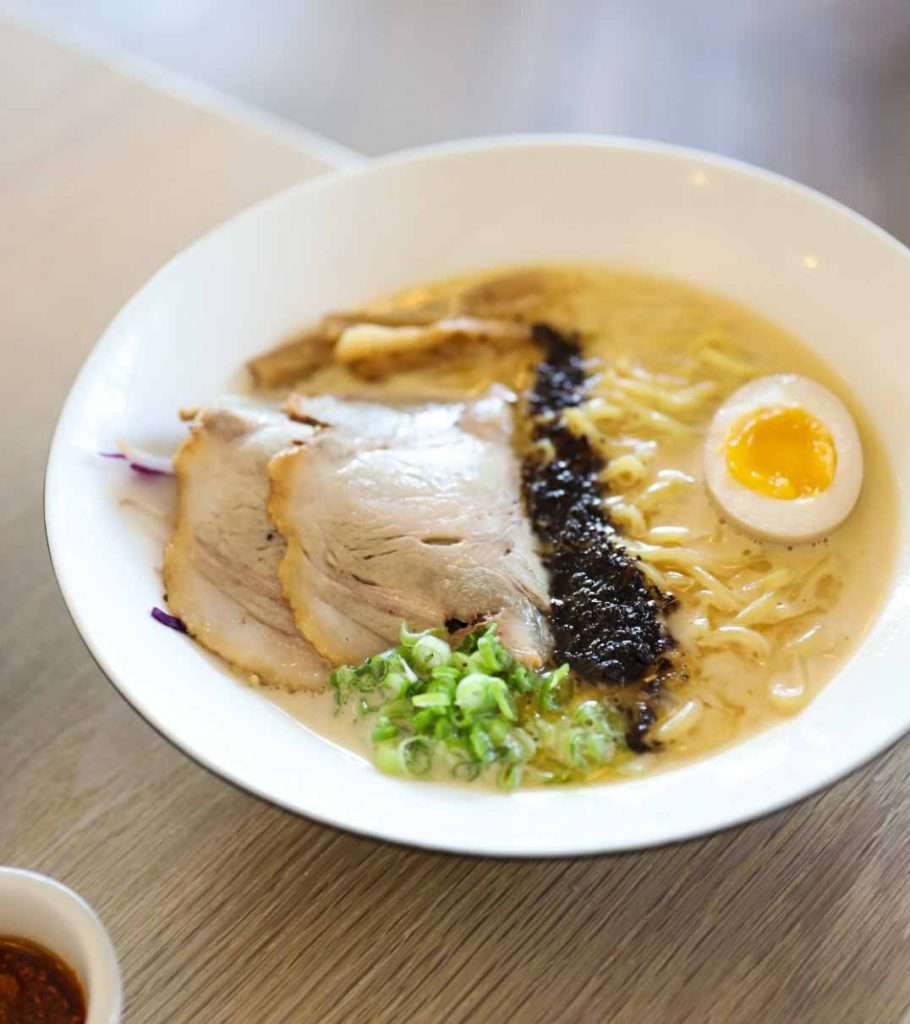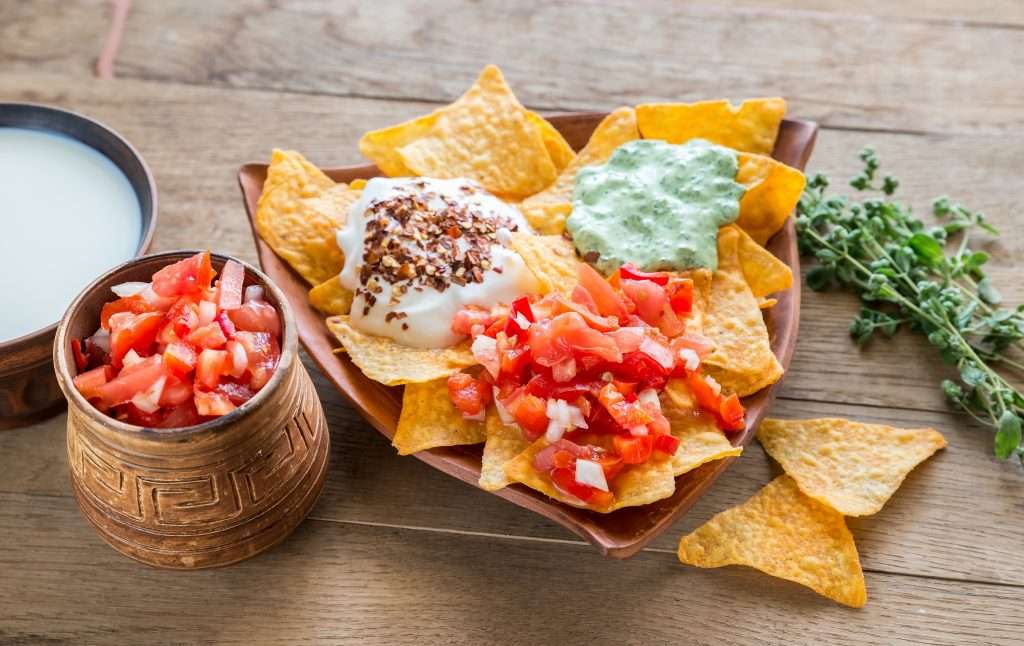Student meals range from the extraordinary to the extremely bad. Depending on upbringing, some students may have never had to cook for themselves day-in-day-out. This lifestyle change is hard for some, they devolve into cooking frozen foods or ordering takeaways all the time.
To combat this, and provide fuel for every hungry essay writer out there, we’ve compiled a list of dishes that are not only affordable but tasty to enjoy. They may not always be the most nutritious, though many of them can be.

Jump Ahead To
Pasta
Yes, every student knows of pasta. Just like every vegetarian has their pasta-rian phase. Many people, most people, in fact, are not getting the most out of their pasta. Their pasta game is weak, and it requires improvement. Here are some basic pasta tips you need to know and use to improve this most basic of student food staples.
Add lots of salt to the boiling water. It raises the temperature and provides you with salty pasta water, which you will add, in a proportional amount, to whatever sauce you’re making. If you don’t know what al dente means, Google it, basically don’t turn your pasta into mush. Subtract two minutes from the time on the pack for a rough guide.
Next, parmesan. It goes in the sauce, as well as on top. Don’t be sparing with it, it tastes so damn good.
Thirdly, herbs. Fresh basil and garlic is my go-to option. Now, here’s the dish.
Chop the garlic and toss it in a pan on medium heat, with olive oil in it. Add the basil and keep things moving so they don’t burn. It should smell fantastic. Two minutes should do it. Now get a punnet of baby tomatoes or several large tomatoes, and slice them in two, or just pierce the skin. Get them in the pan with the garlic and basil. Add some coarse sea salt. Squash them with your utensil, keep things moving around so nothing burns, then after five minutes, get the potato masher out and mash the tomatoes. You’ll have a lovely sauce, now add some parmesan, however much you want.
Your pasta should be cooked by this point, so splash into your sauce around 50-100ml of the salty solution. Then serve. You can top with parmesan, black pepper, more basil, olives, whatever.
That sauce recipe can be built upon and built upon with water you have in the cupboard. Mushrooms, olives, ground beef, etc. This is one of the most versatile recipes for students out there.
Ramen
Ramen is, like pasta, a common staple in the student diet. However cheap and delicious those little packets of joy are, they are only the starting point for top class ramen. For starters, let’s talk about the base, get some miso. Get some seaweed, kombu or wakame are very good.
More ingredients – fresh ginger, mushrooms, white onion. Slice the ginger and onion finely and put them in a pan of water. Let them stew for 10 minutes, then get a mug full of water from the pan, mix in one spoonful of miso and pour it back in. Add a few 2-inch shreds of seaweed.
This is a meal in and of itself. However, you can add the flavor packet from your ramen too. It’s encouraged in fact.
If you have a tower steamer, get some broccoli in there, add some carrots, or put them in the base. These vegetables can go soggy if cooked too long, so many prefer to steam or quickly pan fry them. When everything is in order, your base is cooking nicely, and your veg is almost ready. Tip the noodles into the base. Cook for a further 3 minutes, then pour the base and noodles into a bowl, top with your vegetables, and add anything else you like – kimchi, scallions, a fried egg, a boiled egg, pork, chicken, whatever takes your fancy. This meal is full of good stuff and is my go-to late-night meal when I am trying to write my essay.
Roast chicken
A roast chicken is a wonderful thing. For a group meal, it will feed four or more, or if you’re doing meal prep, you can have leftovers for days. Now, some chickens are better than others, we’d recommend buying one that is organic and has had a bit more of a life than standing in a cage covered in excrement.
Now that the ecology talk is out of the way, roast chicken is a cost-effective, and nutritious meal. We’d recommend brining your chicken, to do so, get a pan that will hold your chicken. Fill it halfway full with water, add a good dose of salt (around 1 cup of salt for every cup of water used), then dissolve it in the water, add whatever herbs and spices you enjoy (try thyme and rosemary). Then let the water cool in the refrigerator. Once it’s cool, put the chicken in the brine and leave it in the fridge for about an hour for every pound. Or just do it overnight.
Brining increases the flavor and most importantly the tenderness of meats. It will also reduce the cooking time.
Nachos
Nachos are a curious dish, are they a snack or a meal? Do you eat with your hands or a fork? Well, we’ll leave those decisions up to you. However, this simple and easy to prepare meal can be made for vegans or carnivores, and either result is delicious.
You’ll need some tortilla chips, store bought or make your own, some cheese, some salsa, and some toppings. Get yourself an oven safe dish. Then start adding ingredients. The composition is layered, chips, salsa, cheese, chips, salsa, cheese, repeat as many times as you wish. Be sure to end with the salsa and cheese layer.
Place this pile in the oven for around 20 minutes or until the cheese has melted. When you remove it, add some jalapenos, chopped parsley or coriander, some olives, whatever you like really.
Hopefully these student recipes will inspire hungry scholars to eat a good slap-up meal. There’s nothing like sharing a meal to make new friends, so round up the gang and get munching.





